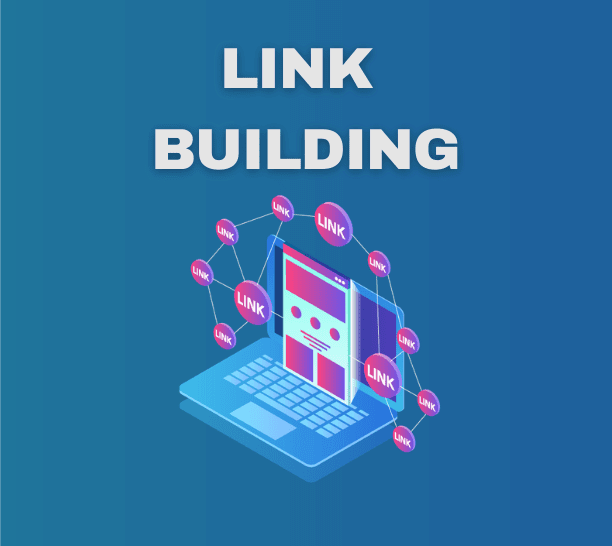Is your PC feeling slow and outdated? You don’t need to invest in a brand-new machine to experience a performance boost. Upgrading specific components in your old PC can breathe new life into it, improving speed, responsiveness, and overall functionality. The challenge is deciding which hardware upgrades will deliver the most noticeable improvements based on your needs and budget.
In this guide, we’ll explore the critical components to consider upgrading, with a spotlight on the NVMe E1.L SSD, a game-changer for storage and system performance.
1. Upgrade Your Storage: Switch to an SSD
Why It’s Important:
The storage drive is often the most impactful upgrade for improving everyday performance. Traditional hard drives (HDDs) are much slower than modern Solid State Drives (SSDs). Upgrading to an SSD drastically reduces boot times, application load times, and file transfer speeds.
Best Option:
The Solid State Drives/NVMe E1.L SSD offers:
- Form Factor: NVMe E1.L, ideal for compact and modular builds.
- Speed: Blazing-fast read and write speeds thanks to PCIe technology.
- Capacity: Large storage options to fit your needs, from basic upgrades to high-performance workloads.
Real-World Impact:
Switching from an HDD to the NVMe E1.L SSD will transform your system’s responsiveness. Tasks like launching software, gaming, or rendering videos will feel instant and seamless.
2. Add More Memory (RAM)
Why It’s Important:
Insufficient memory can slow down multitasking and hinder performance in modern applications. Upgrading RAM is particularly beneficial for users who run multiple programs, edit large files, or game.
How Much to Upgrade:
- 8GB: For basic tasks like browsing and document editing.
- 16GB: Ideal for gaming and creative work.
- 32GB or More: For heavy multitasking, video editing, or virtual machines.
Pro Tip:
Check your motherboard’s compatibility and upgrade to faster DDR4 or DDR5 memory for added performance.
3. Upgrade Your Processor (CPU)
Why It’s Important:
If your CPU is outdated, it can bottleneck other components, limiting their effectiveness. A newer CPU can improve overall system performance, especially for gaming, video editing, or programming.
What to Consider:
- Ensure your motherboard supports the new CPU.
- Choose a CPU with more cores and higher clock speeds for demanding tasks.
- For older systems, upgrading the CPU may also require upgrading the motherboard.
4. Install a New Graphics Card (GPU)
Why It’s Important:
A graphics card upgrade is essential for gaming, 3D modeling, or video editing. Even for non-gamers, a modern GPU can offload tasks from the CPU, improving performance in certain applications.
Things to Keep in Mind:
- Check your PSU (Power Supply Unit) to ensure it can handle the new GPU’s power requirements.
- Ensure your PC case has enough space to fit the GPU.
5. Replace Your Power Supply Unit (PSU)
Why It’s Important:
Upgrading your hardware often increases power demands. A reliable PSU ensures stable performance and protects components from power fluctuations.
What to Look For:
- Wattage that matches your system’s needs.
- Certifications like 80 Plus Bronze, Gold, or Platinum for energy efficiency.
6. Consider Upgrading Your Cooling System
Why It’s Important:
As you upgrade to more powerful components, your system may generate additional heat. Upgrading your cooling system ensures stable performance and longevity.
Options:
- Air Cooling: Affordable and effective for most systems.
- Liquid Cooling: Ideal for high-performance builds with powerful CPUs and GPUs.
7. Upgrade Your Monitor and Peripherals
Why It’s Important:
New hardware deserves peripherals that can showcase its capabilities. A high-resolution monitor, mechanical keyboard, or gaming mouse can enhance the overall experience.
Recommended Upgrades:
- Monitor: Consider a 144Hz or 4K monitor for gaming or productivity.
- Keyboard and Mouse: Ergonomic or performance-focused peripherals can improve efficiency and comfort.
Upgrade Priority Guide
| Component | Priority | Impact Level |
|---|---|---|
| SSD (e.g., NVMe E1.L) | High | Drastic performance boost. |
| RAM | High | Smoother multitasking. |
| CPU | Medium | Improved overall performance. |
| GPU | Medium | Essential for gaming/video. |
| PSU | Medium | Stability and reliability. |
| Cooling | Low | Optional but beneficial. |
| Monitor/Peripherals | Low | Enhances user experience. |
Conclusion
Upgrading your old PC doesn’t have to break the bank. Start with impactful changes like switching to an SSD, such as the NVMe E1.L SSD, and adding more RAM. These upgrades can instantly transform your system’s performance and extend its lifespan.
With the right upgrades, your old PC can feel as fast and responsive as a brand-new machine, ready to handle modern workloads and applications. Plan your upgrades wisely, and enjoy a powerful, revitalized computing experience!



